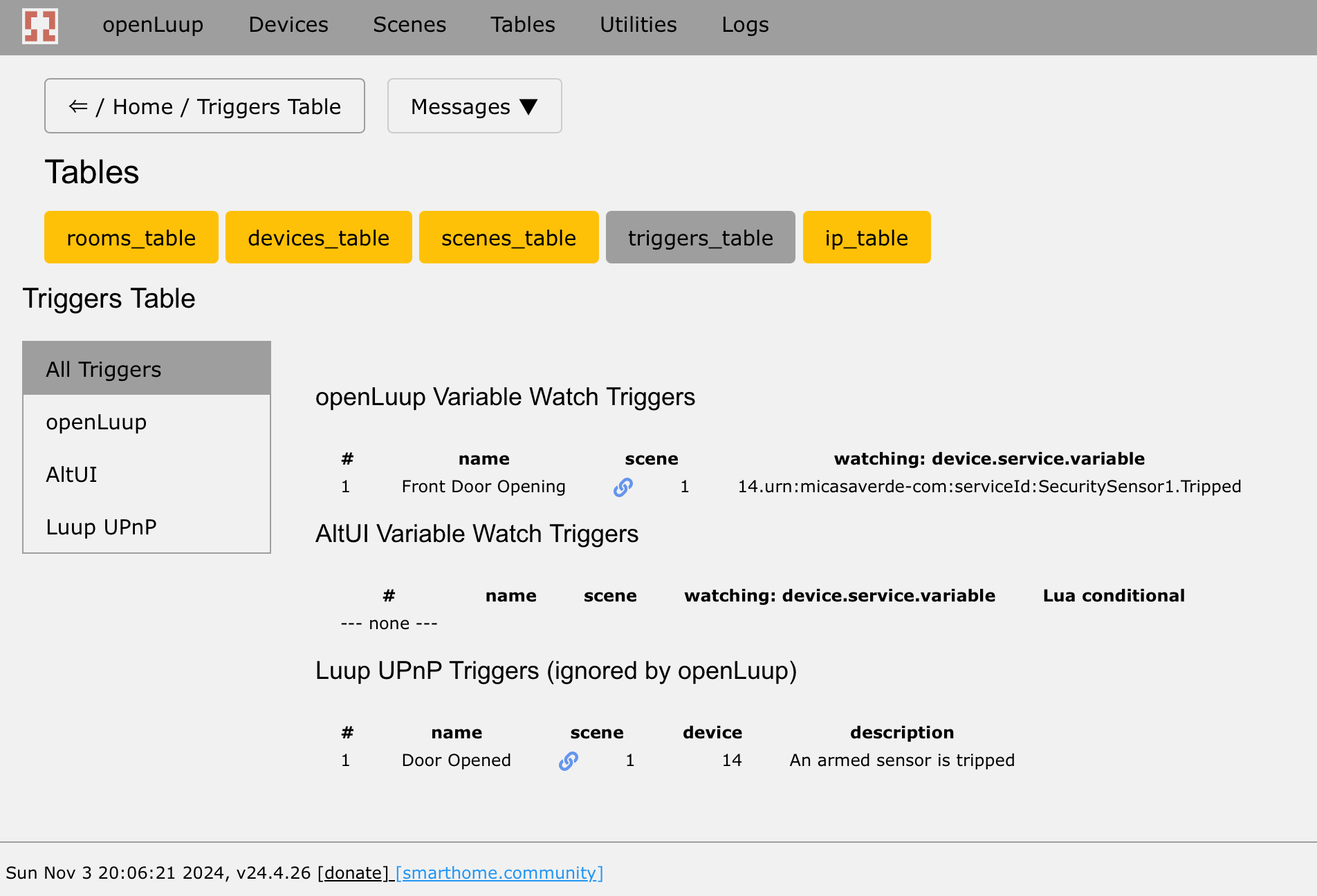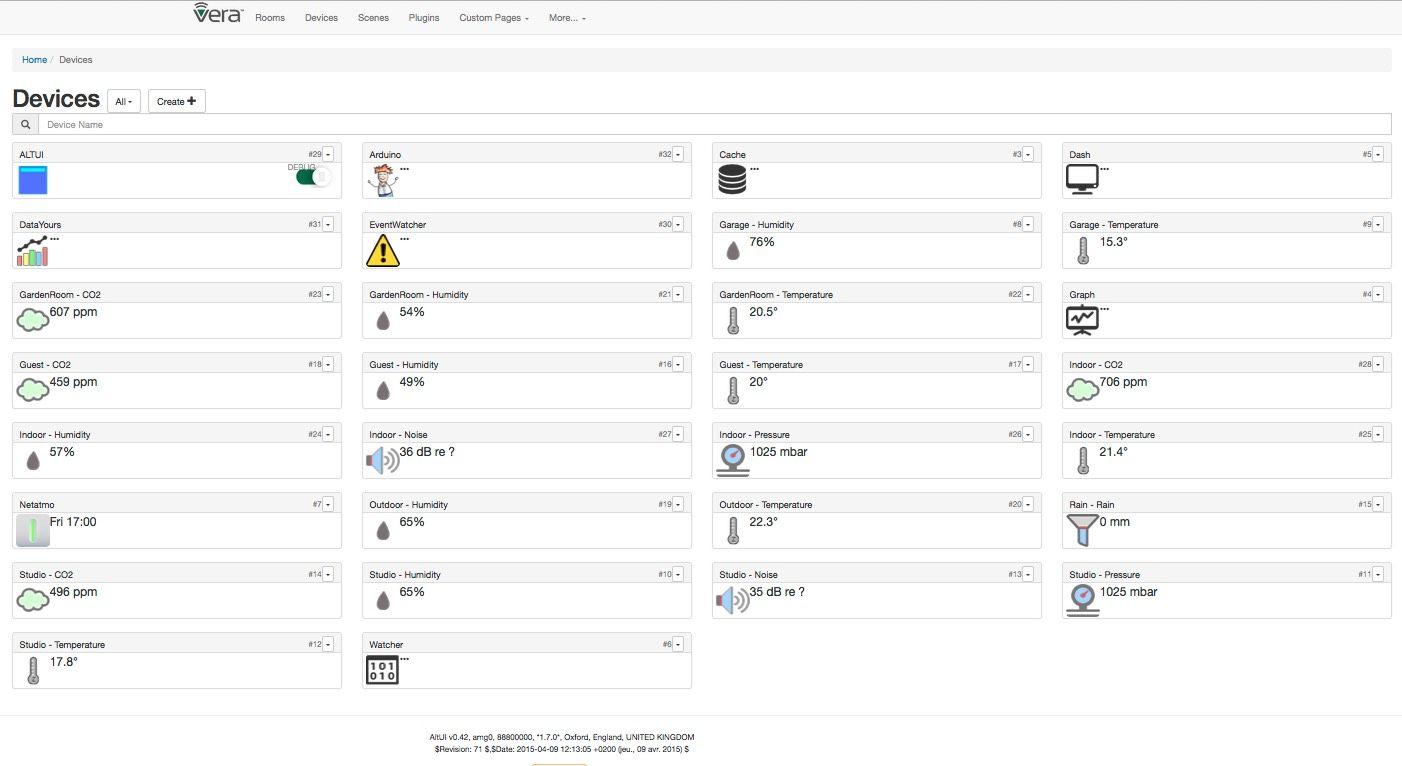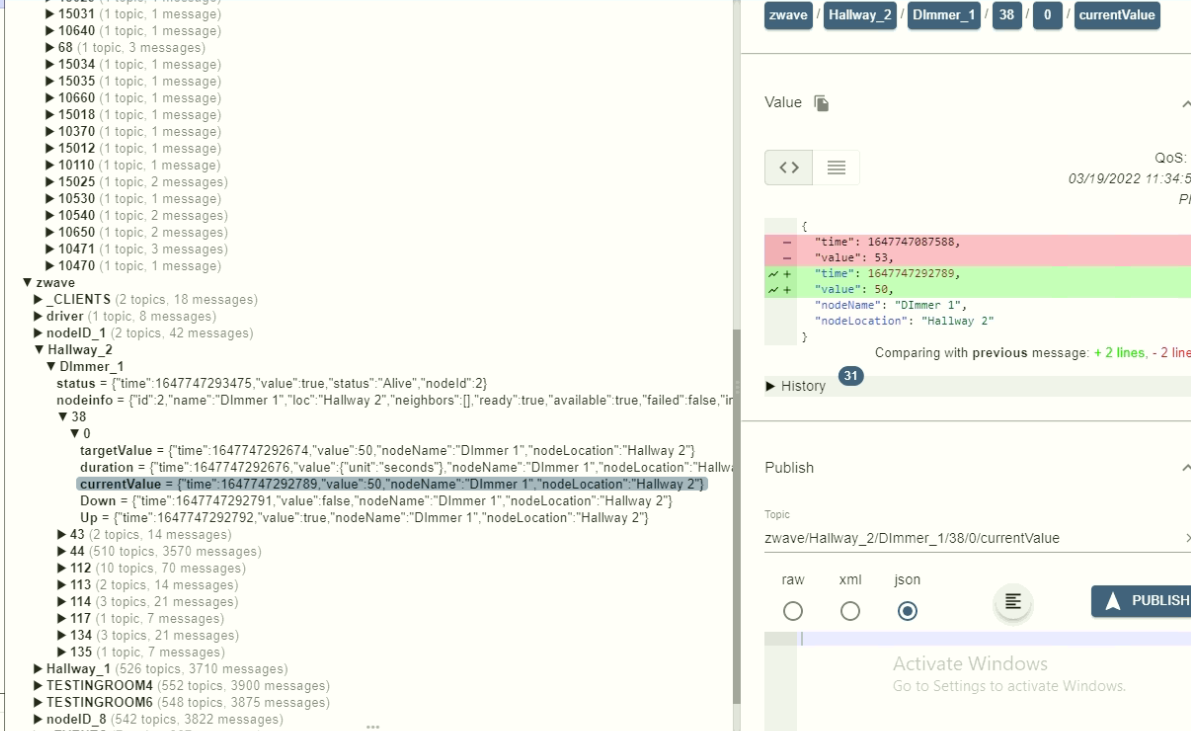LUA School
-
I downloaded ZeroBrane Studio to see if I could make sense of this lua language. @akbooer mentioned that this is what he uses for development, and i thought i could learn alot from seeing how openluup runs.
How do I proceed in order to run openluup in zerobrane? I guess i need to do that to see how scripts like the imperihome ISS script works?
I installed on a windows machine, will I have to run it in linux for it to work?
-
You need to have the basics of Lua under your belt. Two key resources:
- https://www.lua.org/pil/ (buy the latest book)
- https://www.lua.org/manual/5.1/ (Vera/openLuup uses v5.1)
-
It was a work in progress. A few people are using it, but I back-burnered it earlier this year when the eZLO stuff starting being available for preview and I haven't done much lately. Maybe time to crack the notebook on it and see what I was last working on...




